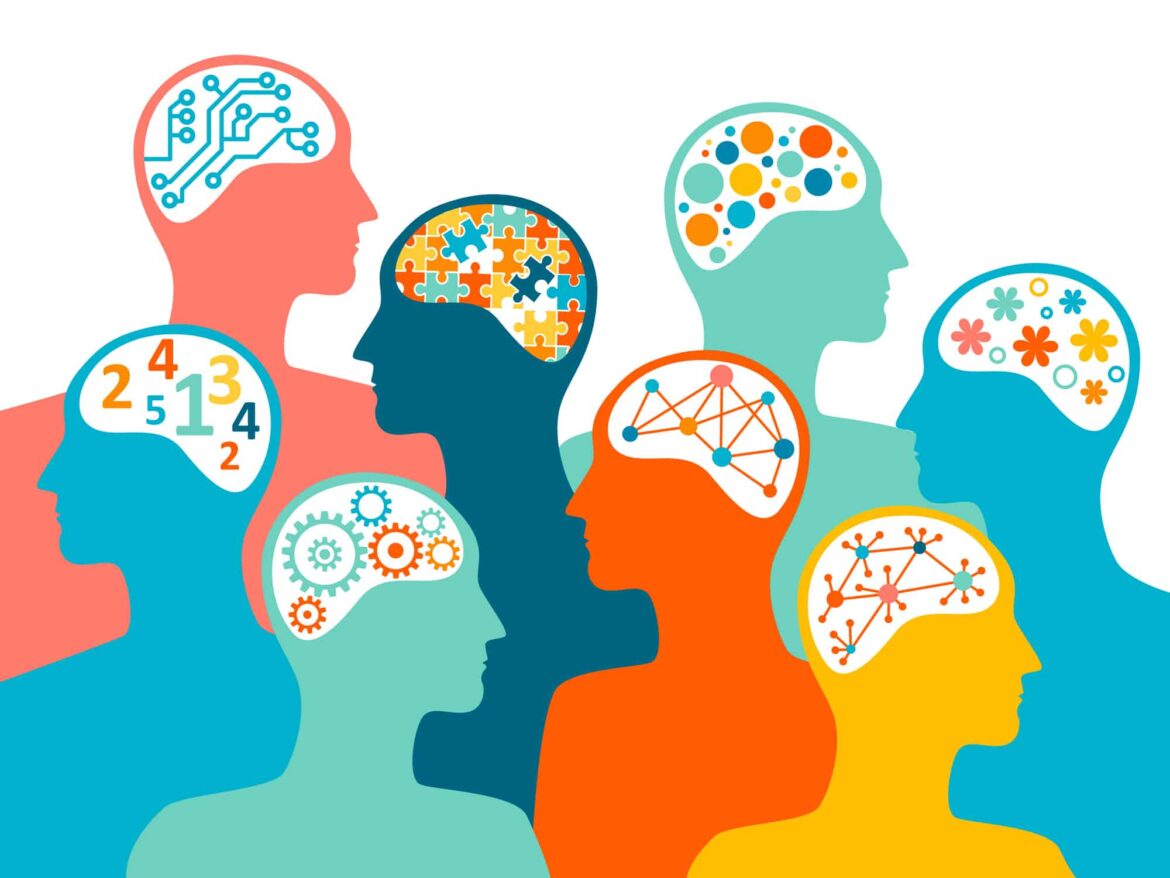813
People affected by neurodivergence differ from neurotypical people in a number of ways. This can affect various areas
What science understands by neurodivergence
Neurodivergence is a generic term for many behavioral and thought patterns that deviate from the norm. These include AD(H)S, autism, Tourette’s syndrome, dyscalculia and dyslexia. The main issue here is how the brain processes stimuli.
- Neurodiversity was only discussed for the first time in 2012 at a symposium in New York, so research on this topic is still in its infancy.
- The term primarily stands for the fact that every person and every brain is different from one another – and therefore also the way in which each brain functions and reacts to its environment.
- Neurodivergent people usually differ from neurotypical people in that certain things are much more difficult for them and they need more time to do them – but in some cases they also manage things more easily.
- Someone who suffers from dyslexia, for example, is not worse at reading because he or she is less intelligent, but because the brain recognizes letters differently and puts them together to form words. When you read, you don’t think about every single letter, but you see a word and your brain reacts at lightning speed and puts the letters together correctly.
- You can also read this sentence at any time. Because even if only the first and last letters of a word are in the right place, a neurotypical brain can read the words, whereas a brain with dyslexia cannot.
Where the brains of neurodivergent people mainly differ
Neurodivergence manifests itself in many ways and naturally differs from person to person. Nevertheless, there are some general similarities and overlaps.
- Neurodivergence manifests itself primarily in the perception and processing of stimuli.
- Stimuli in the environment are perceived more intensely, for example. Neurodivergent people can react more intensely to loud noises or bright light and thus have greater problems processing them.
- In part, the difference also lies in how environmental stimuli are filtered and registered. For example, a neurodivergent person may have problems following a conversation if other conversations can be clearly heard alongside this conversation because the brain cannot block out the other conversations, but perceives all stimuli in a bundle.
- This is also known as a perception filter. People with a weak filter are susceptible to sensory overload or have problems distinguishing relevant information/stimuli from irrelevant ones.
- There are many other differences, for example how neurotransmitters are broken down, how the brain reacts to storing and recalling knowledge and many more. The differences mentioned above are only intended to express the most important differences.

